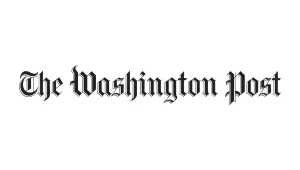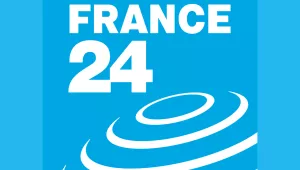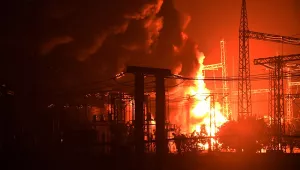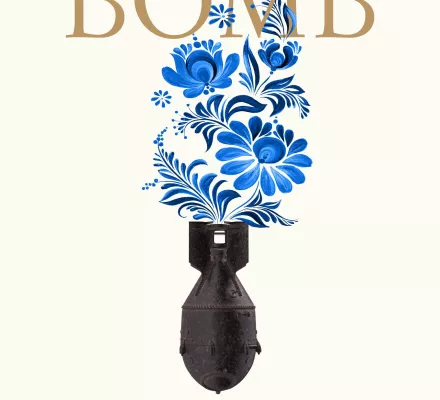
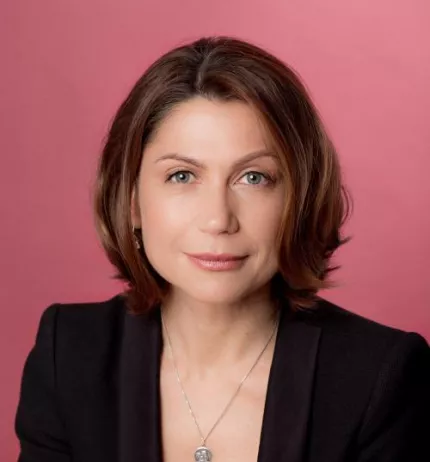
Associate, Project on Managing the Atom
Former Senior Research Associate, Project on Managing the Atom
Former Postdoctoral Research Fellow, International Security Program/Project on Managing the Atom
Former Stanton Nuclear Security Postdoctoral Fellow, International Security Program/Project on Managing the Atom
Quick Takes
Quick perspectives on today's pressing topics
-
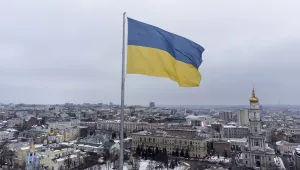 AP/Evgeniy Maloletka
AP/Evgeniy MaloletkaUkraine, Three Years Later: What Comes Next?
Recent developments in the war in Ukraine have made it increasingly clear that its course will be dictated not by rhetoric, but by the balance of...
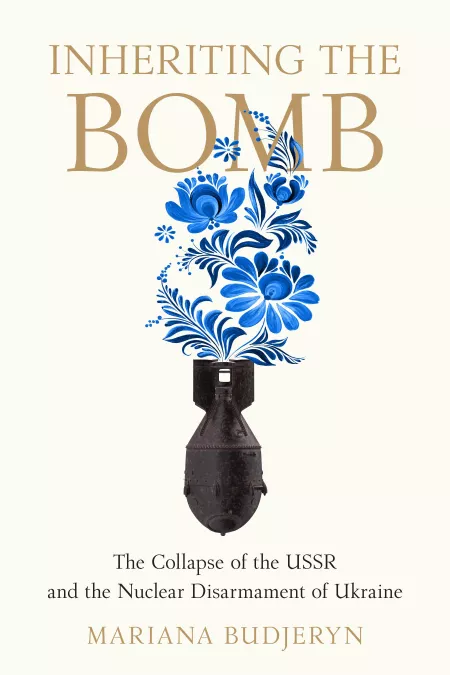
Mariana Budjeryn is a Senior Research Associate with the Project on Managing the Atom (MTA) at the Harvard Kennedy School’s Belfer Center. She is the author of Inheriting the Bomb: The Collapse of the USSR and the Nuclear Disarmament of Ukraine (Johns Hopkins University Press, 2023) and a winner of the 2024 William E. Colby Military Writers’ Award, the first female in the award’s 25-year history. Formerly, she held appointments as a Stanton Nuclear Security Fellow with MTA and International Security Program at Belfer, a fellow at Harvard's Davis Center for Russian and Eurasian Studies, a visiting professor at Tufts University and Peace Research Institute Frankfurt, and as a Global Fellow with the Global Europe Program at the Woodrow Wilson International Center for Scholars.
Mariana has contributed research on the international non-proliferation regime, arms control, nuclear crises, and post-Soviet nuclear history. Her current research project focuses on nuclear safety and security risks to civilian nuclear reactors in armed conflict. Mariana leads MTA’s diversity, inclusion, and belonging program, including the Atomic Voices seminar series that provides a forum for marginalized voices and perspectives in the nuclear field. Mariana is a member of the Committee on International Security and Arms Control of the National Academies of Sciences and a senior nonresident fellow at the Brookings Institution. She is also one of the architects and a member of the Executive Board of ACONA, Arms Control Negotiations Academy, an immersive course in arms control history, technology, and negotiations skills.
Mariana’s research and analytical contributions appeared in the Journal of Cold War Studies, Nonproliferation Review, World Affairs Journal, Foreign Affairs, Washington Post, Bulletin of the Atomic Scientists, War on the Rocks, Arms Control Today, and in the publications of the Woodrow Wilson International Center for Scholars. Mariana holds a Ph.D. in Political Science and an M.A. in International Relations from Central European University (formerly) in Budapest, Hungary, and a B.A. in Political Science from the Kyiv-Mohyla Academy in Ukraine.
-
Senior Research Associate, Project on Managing the Atom
Former Postdoctoral Research Fellow, International Security Program/Project on Managing the Atom, 2017–2018, 2019–2020
Former Stanton Nuclear Security Postdoctoral Fellow, International Security Program/Project on Managing the Atom, 2016–2017
Programs & Projects
-
Project

